Sweet times lie ahead for Hershey's
Updated: 2014-11-21 10:47
By Wei Tian in Shanghai(China Daily)
|
|||||||||
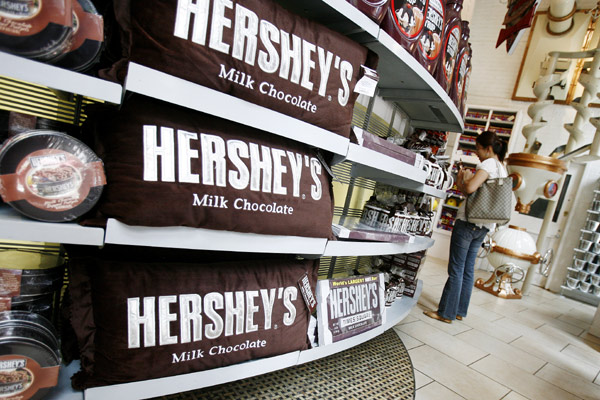 |
|
A woman shops inside the Hershey Store in New York. Hershey cut its long-term earnings growth target on Nov 18, 2014 and laid out a strategic plan to boost its biggest brands in the United States with more advertising and tighten development of new products. [Reshannon Stapleton / Reuters] |
US chocolate firm banks on Golden Monkey to open doors in China
Finding a single taste that appeals to customers across all geographies has been the dream of every chocolate maker. But Bert Alfonso, president of international business at The Hershey Co, believes that it is equally important for companies to have products that succinctly blend local and international flavors, for sustained growth in key markets like China.
The Pennsylvania, United States-based chocolate manufacturer has already taken the first steps in this regard by launching chocolate products with blended ingredients and also through acquisitions of Chinese confectionery brands that have established connections with customers.
"The addition of Golden Monkey has really broadened the possibilities in China," said Alfonso in a recent interview with China Daily, after Hershey acquired an 80 percent stake in the privately held confectionery company in Shanghai for $584 million in September.
Alfonso said the acquisition gives Hershey automatic access to more than 1,000 distributors across China, especially in the second- and- third-tier cities. More importantly, it has also propelled Golden Monkey on to the global center stage, he said.
"We see the acquisition as a perfect blend since Hershey follows the advertising-driven brand-building strategy, whereas Golden Monkey takes the distribution- and sales-driven approach," Alfonso said. Golden Monkey's vast distribution network will help reinforce Hershey's business model, while Hershey's inputs will make the Golden Monkey brand more visible to global consumers.
"We want Golden Monkey to be more active in the modern aspects of trade, and Hershey to participate more in cross-selling," he said.
According to Alfonso, the deal will help Hershey grow sales in China to about $500 million by 2015. That will also make China the second-largest market globally for Hershey after the US, he said.
"What it also means is that China will be our top international market priority," said Alfonso. "We are still in the early stages of that journey in China. But there is no doubt that the potential is huge, particularly among urban consumers," he said.
Alfonso's confidence also stems from the robust market fundamentals. "The annual per capita consumption of chocolate in Switzerland is roughly 10 kilograms, in the US about 5 kilograms, and a quarter of that in Brazil. But in China it is just dozens of grams. This is what gives us confidence and we believe that the fastest growth would come from the high-end segment," he said.
"Though there is intense competition from several local brands in the Chinese market, we are confident of sustained growth as we believe that more Chinese consumers will purchase high-quality and high-priced products from premium global brands."
According to a recent survey conducted by global market research agency Nielsen, chocolate clocked the fastest growth rate among all fast-moving consumer goods. Within the chocolate segment itself, Hershey had a growth rate four times higher than the average growth rate for the chocolate segment.
"The annual growth rate in the US market is about 3-4 percent, whereas in China it is about 13-14 percent. Though this may fall to 9 percent in the next few years, it is still higher than most of the other markets and this is what gives us continued confidence."
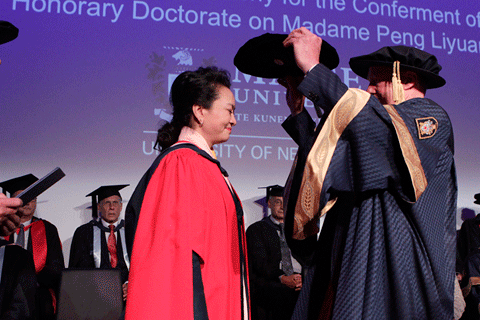
 China's first wife receives honorary doctorate
China's first wife receives honorary doctorate
 Painful search for reunion
Painful search for reunion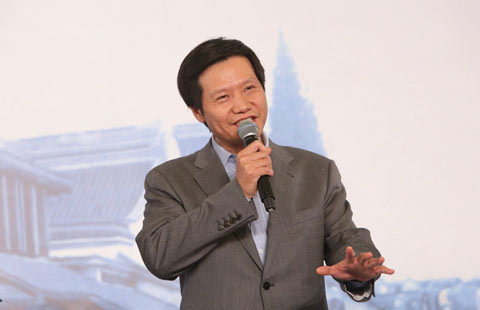
 IT titans at WIC excited about future
IT titans at WIC excited about future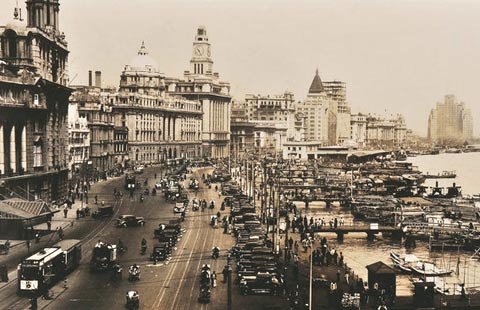
 Photos reveal China scenes in the 1930s
Photos reveal China scenes in the 1930s
 Culture Insider: Popular gifts in past decades
Culture Insider: Popular gifts in past decades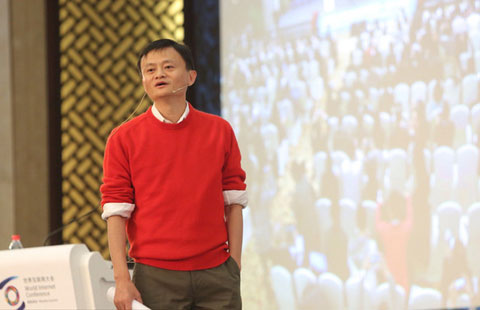
 Jack Ma shares tips at Internet summit
Jack Ma shares tips at Internet summit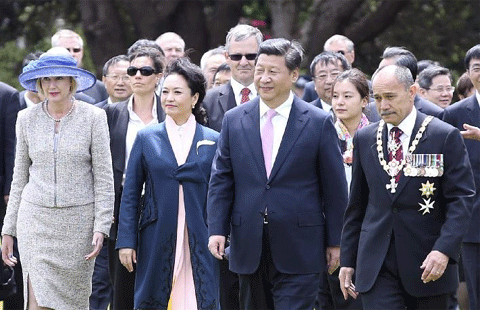
 President Xi attends welcoming ceremony in Wellington, New Zealand
President Xi attends welcoming ceremony in Wellington, New Zealand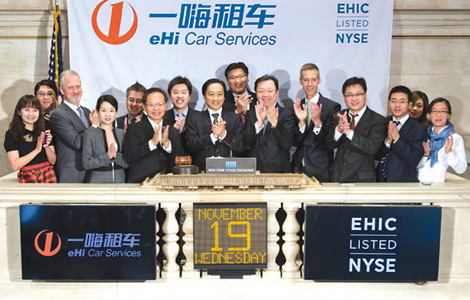
 Car-rental firm revs up Wall Street
Car-rental firm revs up Wall Street
Most Viewed
Editor's Picks

|

|

|
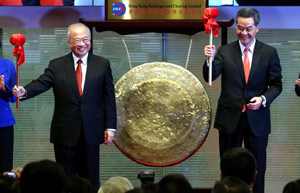
|

|

|
Today's Top News
Obama takes executive action on immigration
Deng Long: New York supermarket king
China wants its voice
heard in cyberspace
New Zealand welcomes Xi
Alipay brings the frenzy of Black Friday to China
Emission goals in China on target for 2020
Li positive on govt-Qualcomm resolution
E-commerce will change global trade: Jack Ma
US Weekly

|

|








